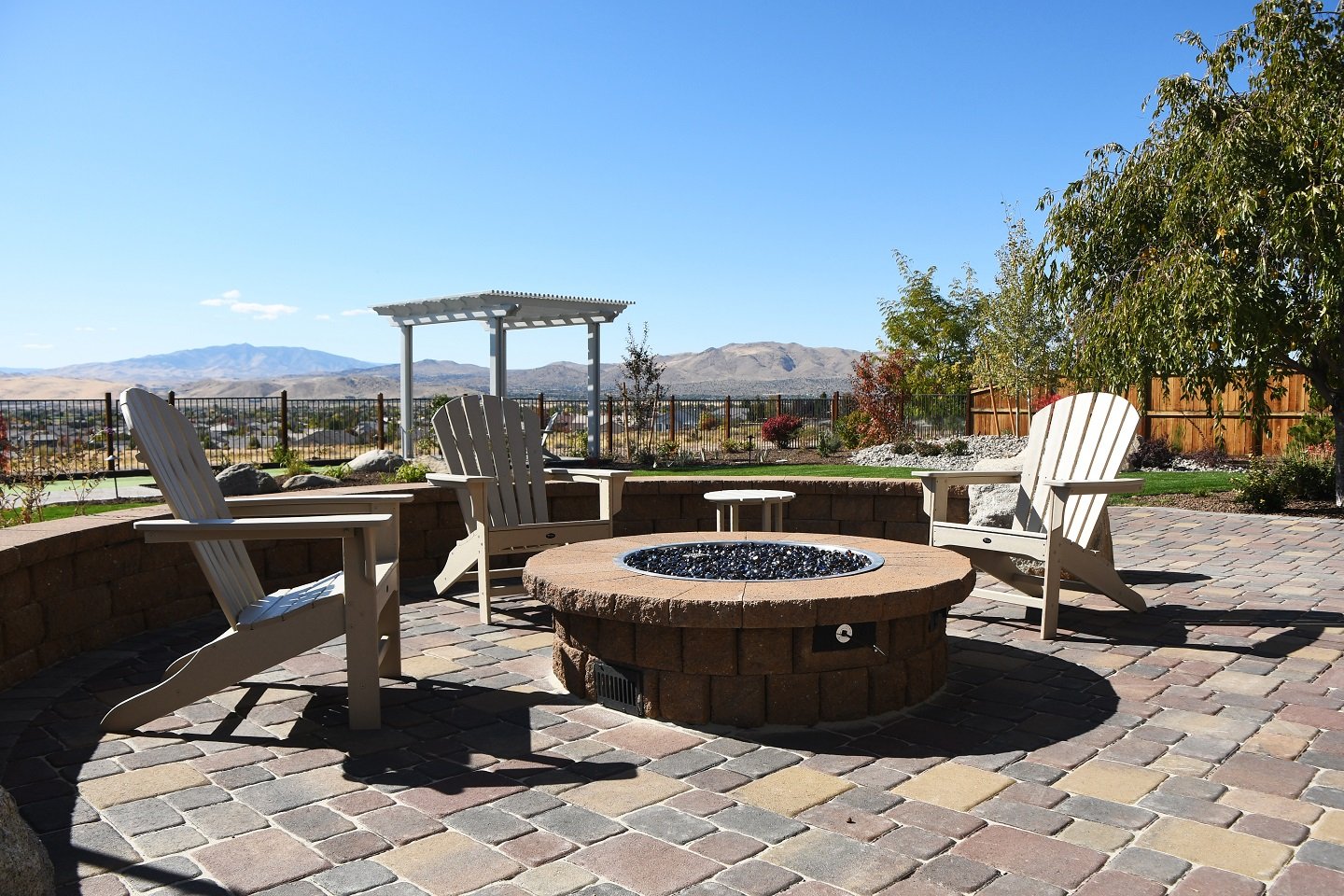The Important Function of a Retaining Wall in Preserving a Landscape in the Reno and Sparks, NV Areas
In the Reno and Sparks, NV Areas, retaining walls are needed for multiple reasons, all crucial to protecting and preserving the landscape. From expanding the landscapeable space to solving drainage problems, they perform important functions. When your landscape needs help, a retaining wall might be the perfect answer.
Related: Revamp Your Outdoor Oasis With a Custom Patio and Retaining Wall in the Reno, NV Area
What are Retaining Walls?
If you have ever noticed a wall in a landscape design, then you have seen a retaining wall. In some cases, they hold back the earth at the base of a slope to remedy erosion that comes when stormwater rushes down the hill and through the property, leaving silt, debris, and brush behind.
Retaining walls can also be used to define an outdoor space such as along a driveway where you want to establish a boundary between yours and your neighbor’s property. A third use for retaining walls is to create an enclosure for outdoor living areas to distinguish an outdoor dining area from the main patio.
Built of stone, bricks, and metal, retaining walls deliver functional spaces and noteworthy beauty to a landscape design.
Retaining Walls and Drainage
Retaining walls are engineered to divert water from your landscape to a more suitable area where it can flow without causing any damage. They must be sturdy and durable since they hold back thousands of pounds of dirt.
These walls do double duty with built-in drainage that carries water away from the wall and small drainage holes at the wall base to let the excess seep through. Heavy rains and thawing snow can create large volumes of water that can remove the top layer of the soil, grass, and landscape plants and mulch as it moves through the space. A retaining wall design mitigates this erosion and damage that leaves your outdoor areas with soggy grass and puddles while also improving the look of the landscape.
Once a wall is built, you no longer need to worry about your lawn and landscape investment since the wall design is efficient, diverting the water to a location where it can spill into the storm drain.
Retaining Walls and Landscape Definition
Stone retaining walls can follow the shape of the terrain to add interest and delineate one area from the next. In addition to the wall design of stone with mortared joints, the area above the wall can become a focal point for curated planting beds that add color, texture, and shapes to an area that was previously ordinary.
A retaining wall can also frame a view by creating a direction and movement in the landscape. As the wall follows a path to a scenic view like a lake at the end of the property, it invites your guests to investigate what is at the end. Many retaining walls are accompanied by stone steps that make navigating the slope, grassy areas, and wooded spaces comfortable.
Retaining Walls and Outdoor Living
For physical separation of one area from the rest of an outdoor living space, a retaining wall works exceptionally well. The wall can increase privacy, provide casual seating, and make an area feel special such as for a fire pit space. In a custom wall design, one side of the wall can be higher than another for complete privacy from viewing by neighbors.
Related: Choosing the Right Patio Pavers to Go Alongside a Pool and Spa in the Reno, NV Area
About the Author
A respected leader and influencer in the design/build industry, Ron founded FireSky in 2016. With a quarter-century of experience in landscape architecture, construction, entitlements, real estate development, Ron has led projects for high-profile customers, including Williams Sonoma and Pottery Barn, Brenson Communities, Shell Oil, Trammel Crow, FORMA, General Development Inc., and the City of Albuquerque. He chairs the American Society of Landscape Architects’ Design Build PPN.

